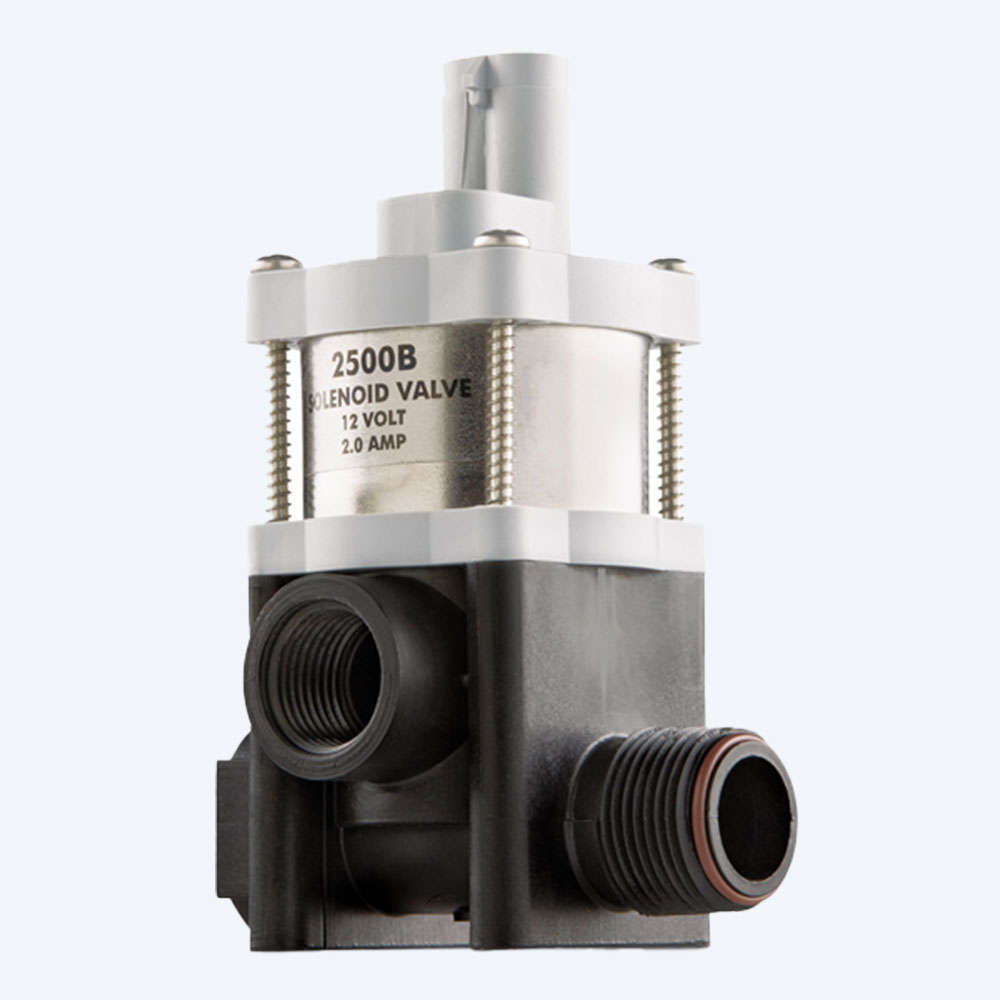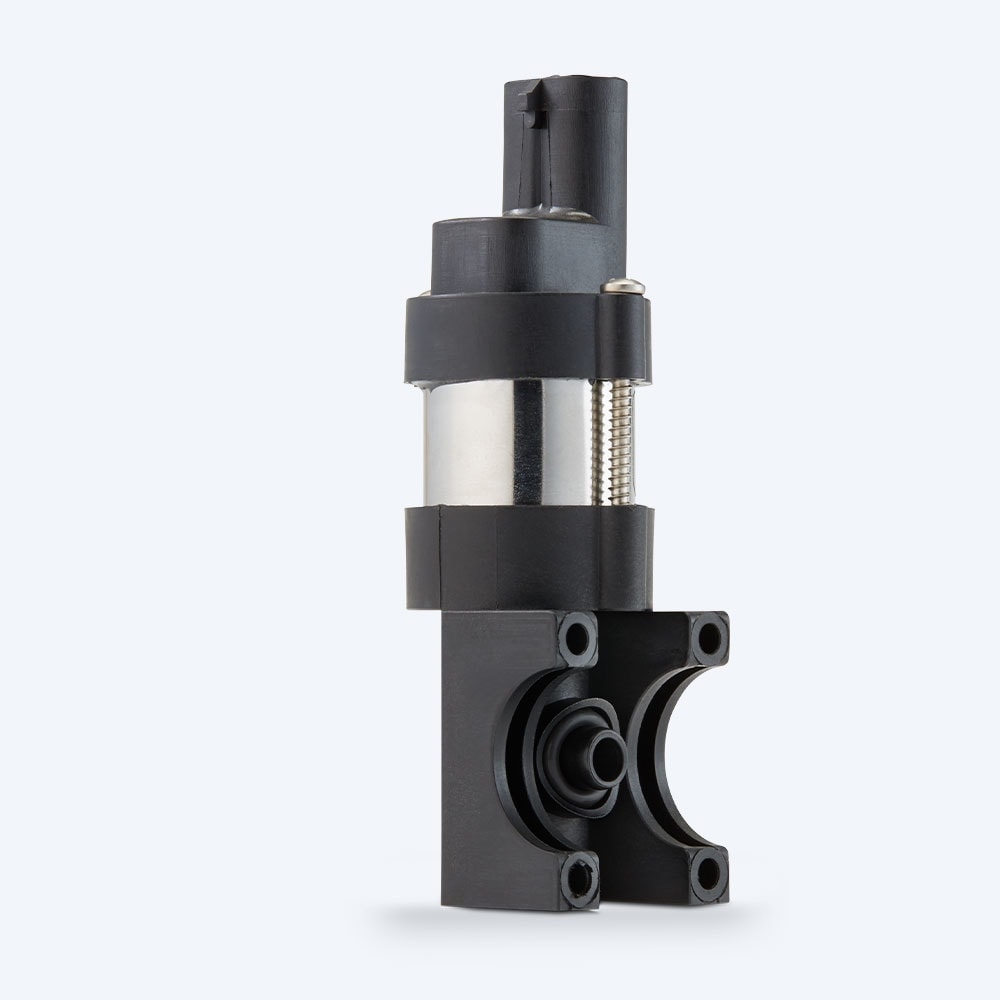Agriculture and Industry with Texas Industrial Remcor’s Solenoid Valves and Control Systems
Texas Industrial Remcor (TIR) is at the forefront of transforming agriculture and various industries with their cutting-edge solenoid valves and control systems. Their blog provides valuable insights into how their innovative products are enhancing efficiency, precision, and sustainability across a wide range of applications.
Solenoid Valves: The Unsung Heroes of Modern Farming
Solenoid valves play a crucial role in modern farming practices, silently ensuring precise flow control of liquids and gases. TIR’s high-quality solenoid valves are designed for unparalleled precision in controlling the application of water, fertilizers, and chemicals in agricultural settings. By efficiently managing water usage, these valves are integral to precision irrigation systems and essential for farmers looking to maximize productivity and sustainability. TIR’s solenoid valves offer numerous long-term benefits for livestock management as well. They are instrumental in automating feeding and watering processes, precisely controlling the flow of water and nutrients to optimize animal health and growth.
Enhancing Precision Agriculture with TIR’s Advanced Technology
Texas Industrial Remcor’s advanced technology is revolutionizing precision farming by providing innovative solutions that maximize efficiency, accuracy, and sustainability. Their solenoid valves and control systems are setting new standards in agricultural practices. TIR’s boom control valves, when paired with automatic section control (ASC) systems, significantly improve spraying efficiency, reduce input waste, and enhance application accuracy. These game-changing technologies are enabling farmers to optimize their operations and achieve higher yields sustainably. The company’s sprayer valves are also crucial for precise and reliable crop nurturing. Designed for low flows and quick component attachment, these valves give farmers total control over spray tips and chemical application. TIR’s commitment to precision craftsmanship makes their valves the artisanal instruments in the symphony of agriculture.
Mastering Fluid Control with Solenoid Valves and Control Systems
Beyond agriculture, solenoid valves are the unsung heroes of fluid control in various industries. These versatile devices silently ensure the precise flow and direction of liquids and gases in applications ranging from manufacturing to healthcare. TIR’s control systems act as the brain behind the brawn, ensuring efficient and reliable operation of solenoid valves. By offering a variety of control options, from basic on/off functionality to advanced proportional control, TIR enables users to fine-tune their fluid management processes for optimal performance. Innovations like TIR’s E-Chip™ technology are further enhancing the efficiency and reliability of solenoid valves. This breakthrough significantly reduces the operational needs of valves in terms of power, heat generation, and size, leading to improved performance and longevity.
Empowering Farmers and Manufacturers with Knowledge
Texas Industrial Remcor’s blog is not just a showcase of their products; it’s a valuable resource for farmers, DIY enthusiasts, and industry professionals looking to expand their knowledge. The blog covers a wide range of topics, from troubleshooting guides to comprehensive explanations of how various components work. For instance, their guide on connecting solenoid valves to a controller provides step-by-step instructions for farmers and manufacturers looking to optimize their processes. The blog also delves into the differences between solenoid and motorized valves, helping readers make informed decisions based on their specific needs. TIR’s commitment to education extends to their YouTube channel, where they share informative videos on topics like calculating gallons per minute for sprayers, finding the perfect spray system, and troubleshooting common issues. By empowering their audience with knowledge, TIR is helping to drive innovation and efficiency across industries.
Conclusion
Texas Industrial Remcor’s solenoid valves and control systems are revolutionizing agriculture and various industries by enhancing precision, efficiency, and sustainability. Our blog serves as a testament to the company’s expertise and dedication to empowering farmers, manufacturers, and professionals with the knowledge and tools they need to succeed. As the world continues to evolve, TIR remains at the forefront of innovation, constantly pushing the boundaries of what’s possible with their cutting-edge products and valuable insights. By embracing the future of farming and manufacturing with Texas Industrial Remcor, businesses can unlock new levels of productivity and success in an increasingly competitive landscape.



